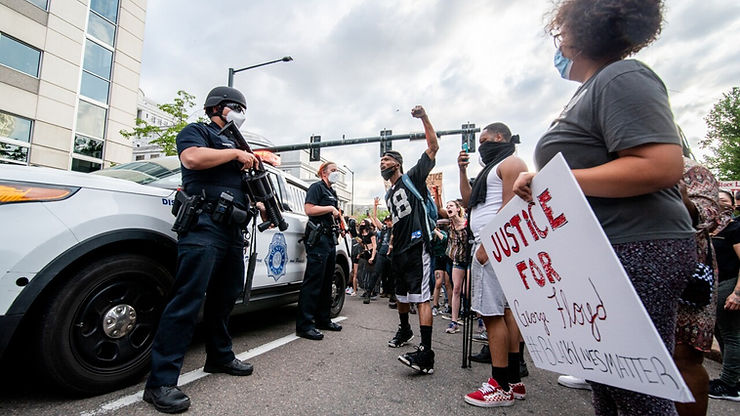By: Ethan Pi
A little over three years ago, on May 25, 2020, George Floyd was murdered at the age of 46 in Minneapolis, Minnesota by a 44-year-old white police officer named Derek Chauvin. After he was accused of making a purchase using a $20 counterfeit bill, he was kicked and punched repeatedly by police officers who converged on him. After 9 ½ minutes of being handcuffed and thrown facedown to the ground, he drew in his last breath and gasped his final words, “They’ll kill me, they’ll kill me.”
Three years following this revolting event, a Department of Justice report was released on June 16th, 2023. It concluded that the Minneapolis Police Department had been plagued by unlawful conduct, racial discrimination, and other means of police mismanagement. The investigation found that the officers used excessive force to violate the freedom of speech of its victims and discriminated against Black and Native people who had health or behavioral disabilities.
Floyd said he was in a state of distress, telling the officers who were shoving him into a squad car that he was claustrophobic and couldn’t breathe. Baker’s final autopsy findings issued on June 1st, 2023 showed that Floyd’s heart had stopped due to homicide caused by neck compression, the result of a cardiopulmonary arrest. Floyd had an enlarged heart that required more oxygen than normal, along with narrowed arteries.
Senator Tina Smith, a Democrat who had lived in Minneapolis since 1984, reported that the police officers in the area had repressed the rights of protesters and journalists. “This is terrible but it’s not news to me,” she said. “I think there probably are also people who live in more affluent parts of the city who may be surprised to see how pervasive the violations have been. And the death of Mr. Floyd, like so many deaths of Black and brown people before him, is an indictment of our failure as policymakers to fulfill our most important duty, to protect the lives of people that we serve. Black lives matter. We need to say it loud and often.”
The Minneapolis investigation was launched April 2021, a day after former officer Derek Chauvin, who was responsible for the murder of George Floyd, was convicted of murder and manslaughter.
The Minneapolis Police Department was also investigated by the Minnesota Department of Human Rights, which is looking into police department policies and practices to search for engagement in discriminatory practices.
“Minneapolis has a police problem. It has a race problem. We have known both of those facts for years,” writer David Schultz writes in his article The lesson of George Floyd: A new entity needs to run the Minneapolis Police Department. “There is no simple answer to the possible solutions, but one is that the Minneapolis Police Department needs to have a major cultural change that can only be affected by either state takeover of it or by merging it with the Hennepin County sheriff or placed under receivership and operation with another jurisdiction.”
27-year-old mother Mook Thomas said that her family was pulled over for a broken headlight, although both her headlights were working. “He’s harassing us, telling us we don’t belong here,” said Ms. Thomas, who is Black. She even said that the Minneapolis police officer threw racial slurs at her.
Even 3 years after this bloody wound in Minneapolis’ history, the protesters still cannot forgive the burden the Minneapolis Police Department has repeatedly hurled at them. It wasn’t just George Floyd that was a victim of this; many Black and brown citizens in the vicinity had reported being “traumatized” by officers. Even after the department has sworn to the people it serves to do better in the future, this violation of the saying “Black Lives Matter” remains fresh for years to come.











